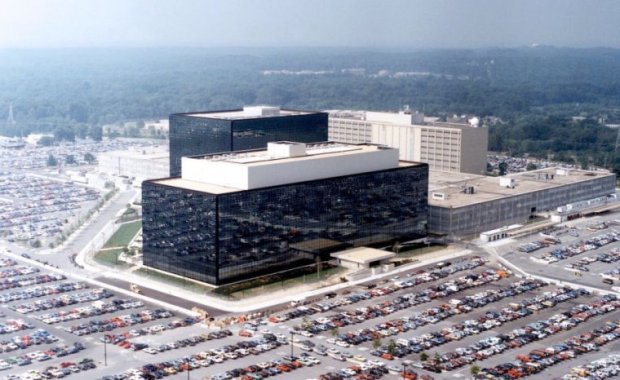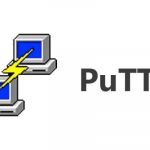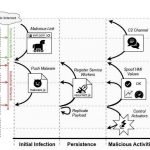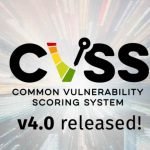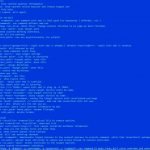It’s still not clear if Harold Martin was connected to the “Shadow Brokers” NSA dump. In a new Thursday court filing, federal prosecutors expanded their accusations against a former National Security Agency contractor. Federal investigators seized at least 50 terabytes of data from Harold Thomas Martin III, at least some of which was “national defense information.” If all of this data was indeed classified, it would be the largest such heist from the NSA, far larger than what former contractor Edward Snowden took.
Prosecutors also said that Martin should remain locked up and noted that he will soon becharged with violations of the Espionage Act. That law, which dates back nearly a century, is the same law that was used to charge Chelsea Manning and Snowden, among others. If convicted, violators can face the death penalty.
United States Attorney Rod Rosenstein and two other prosecutors laid out new details in the case against Martin, whose arrest only became public earlier this month. Martin had been a contractor with Booz Allen Hamilton and possessed a top-secret clearance.
The new filing states that Martin also took “six full bankers’ boxes” worth of paper documents, many which were marked “Secret” or “Top Secret.” The documents date from between 1996 through 2016.
“The weight of the evidence against the Defendant is overwhelming,” court document plainly state.
The documents continue: For example, the search of the Defendant’s car revealed a printed email chain marked as “Top Secret” and containing highly sensitive information. The document appears to have been printed by the Defendant from an official government account. On the back of the document are handwritten notes describing the NSA’s classified computer infrastructure and detailed descriptions of classified technical operations. The handwritten notes also include descriptions of the most basic concepts associated with classified operations, as if the notes were intended for an audience outside of the Intelligence Community unfamiliar with the details of its operations.

Working as a cyber security solutions architect, Alisa focuses on application and network security. Before joining us she held a cyber security researcher positions within a variety of cyber security start-ups. She also experience in different industry domains like finance, healthcare and consumer products.

